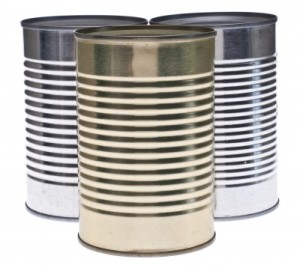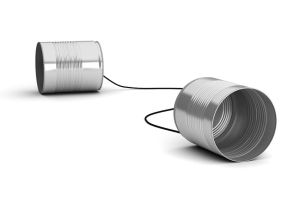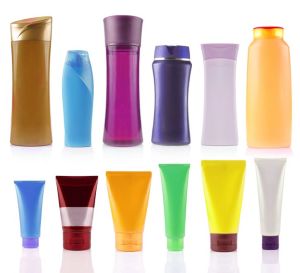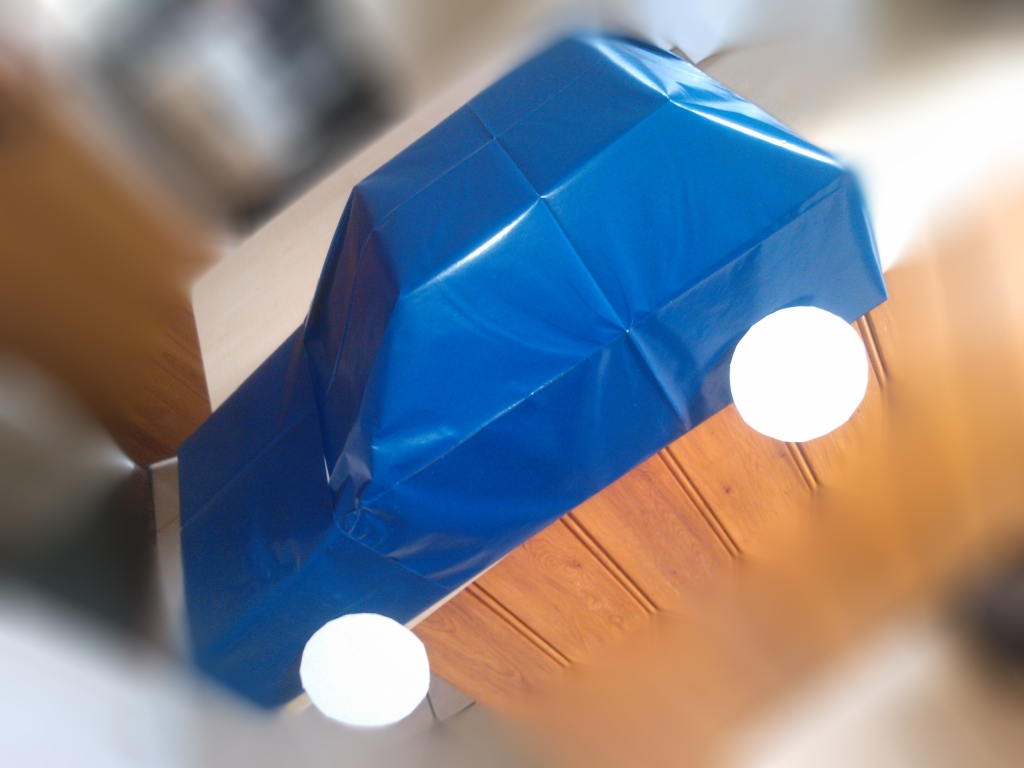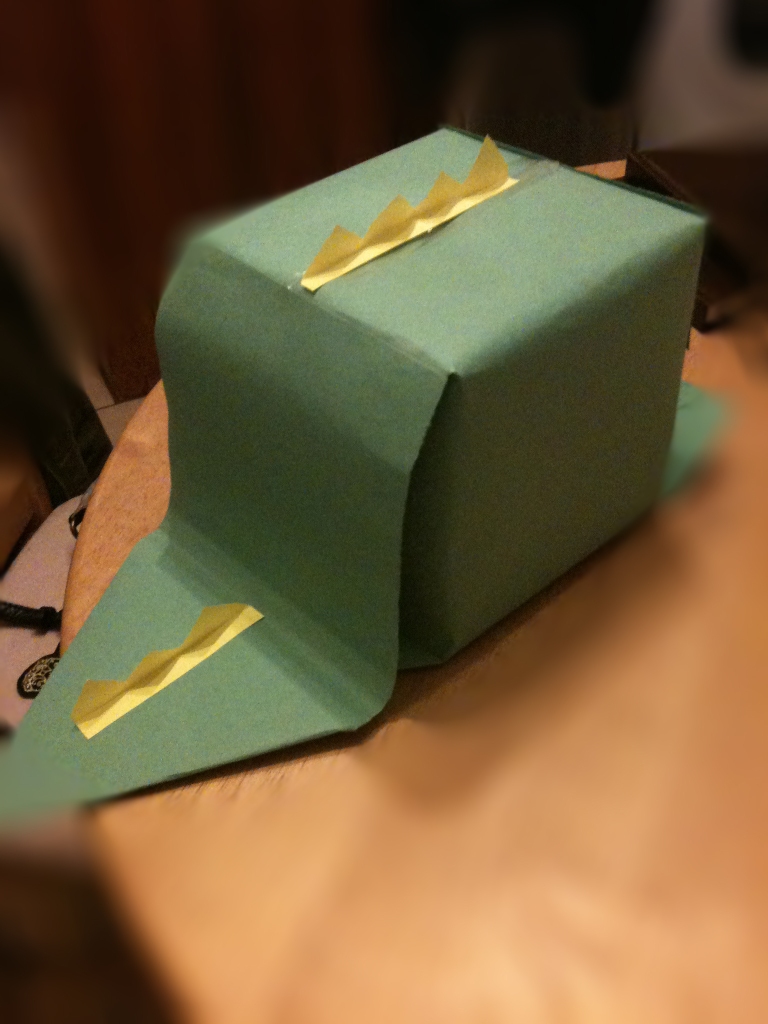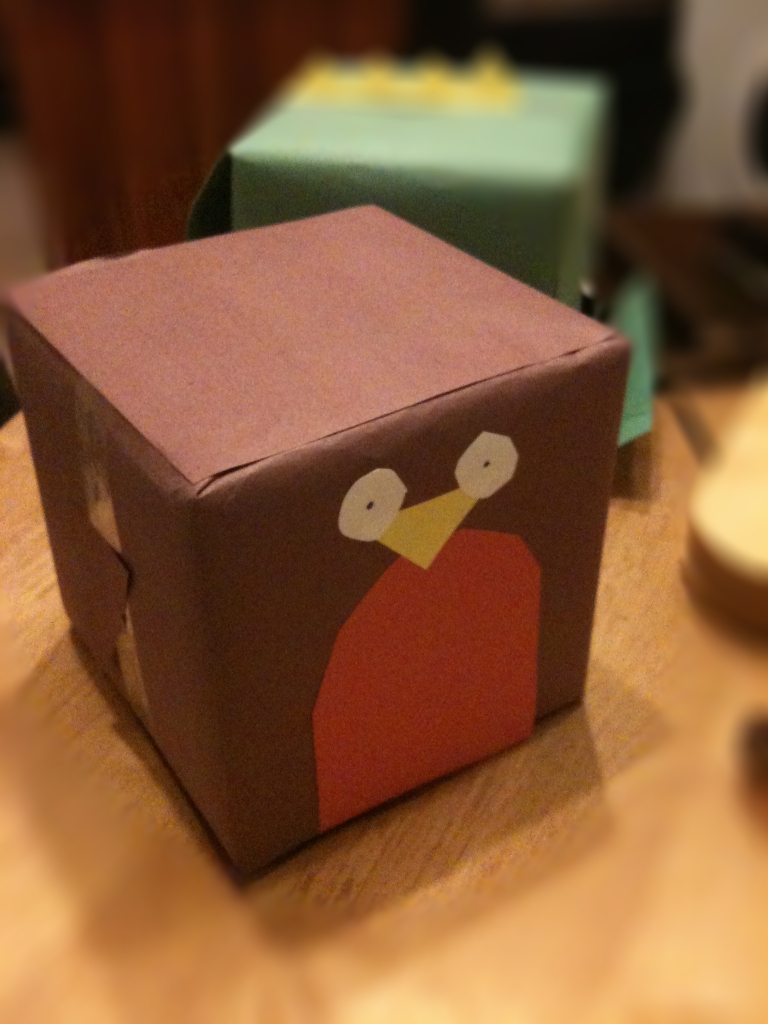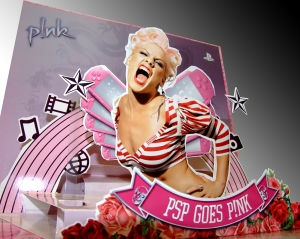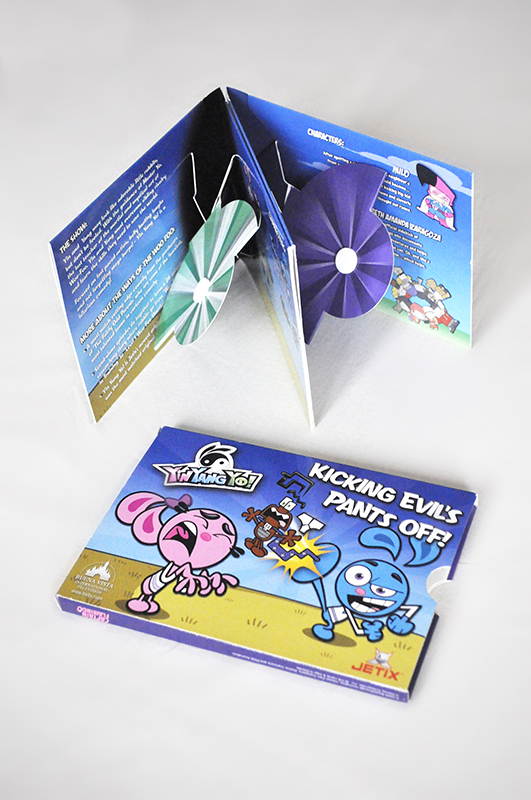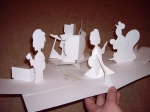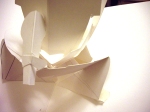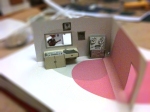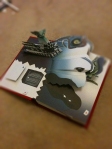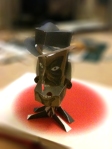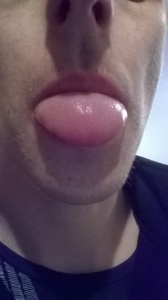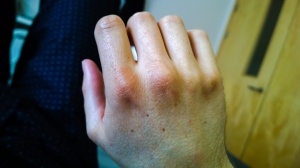In its overuse, most people dislike the phrase “thinking outside the box” and there are countless packaging companies using similarly un-inventive tag-lines. You don’t have to search too far to find a blog by a branding or design agency discussing the merits of “brand communication” and “consumer engagement”. Today, however, I wanted to pick out what I feel to be the important aspects of packaging design and how they relate to the real world of packaging manufacture…
In plain terms, here are my packaging design top 10 dos:
1) Think about the contents.

Whatever anyone tells you, and however “loose” the creative brief, the MOST important thing about a piece of packaging is what goes in it. Packaging in its most basic state is created to contain something, so in order to consider the design, we really need to understand the product which it has to contain. The contents will therefore determine for us, at least, the minimum size, weight and shape, and in turn the method of opening.
2) Understand the function.
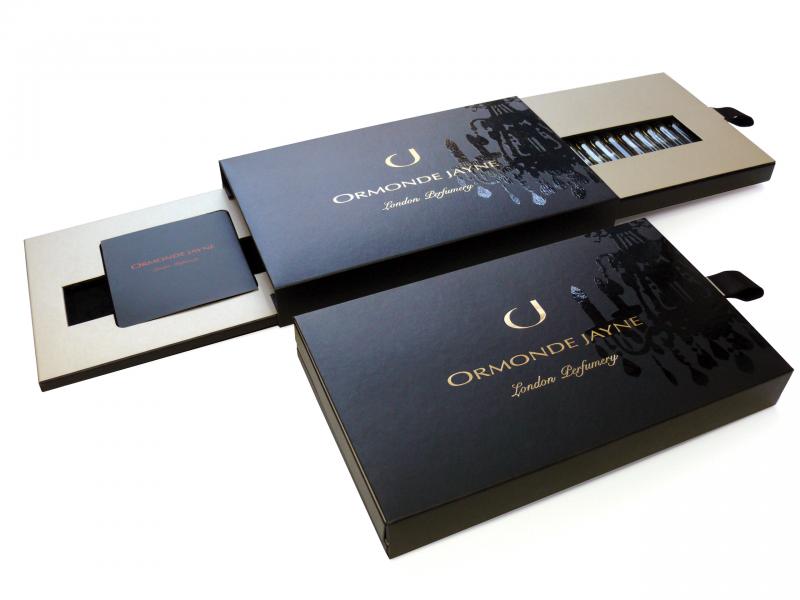
In 1896 Louis Sullivan posed the term “form follows function” which became a maxim for the modernist movement. This idea is therefore not a new one, but it is very important. Although there are some great examples of clever and unique packaging inventions, just creating something that’s different is not in my mind good enough. In order to create truly great packaging we really need to justify our design by relating the shape, materials and all the other elements, firstly to the content, and secondly the journey through which the product will travel. If we can answer the question, what function does this packaging need to serve (whether it’s strength, ease of use or so on) we can then create a truly meaningful design.
3) Be mindful of the supply chain.
A great example of why the supply chain is important is the success of shelf ready packaging (SRP) over recent years. In the world of the supermarket, product would be delivered to a distributer in a box, then shipped to the store in a box (sometimes a smaller one) then removed from the box, and placed onto the shelf loose or on another display unit or box. So some clever people decided that by designing the outer packaging in a better way, you could do 3 things – reduce the time to shelf in store, reduce the amount of wasted packaging, and improve and enhance the brand message during the journey of the product, while giving better protection. If we think about the way the product is stored and transported, we can help to minimise the impact of our design on the wider world.
4) Establish the brand message.
Once we’ve considered the product and its function, we should design our packaging in a way which helps to enhance the message which the brand intends to portray. By selectively choosing the materials, shape and images we can help to communicate the brand to the buyer both consciously and subconsciously. Every element of design from quality and texture through to the strength and complexity can augment our idea.
5) Add an element of security and safety.
Whether attempting to subvert thieves in store, or minimising the risk of loss or damage in the post, if we can add a security feature to our packaging, we will help to improve its market effectiveness. There are many forms of in-store protection in the forms of labels tags and cases, but unfortunately many of these are uncompromising or ugly. By adding an element of “benefit denial” using intelligent materials or design, not only can we improve the look and feel of our product, we can enhance the effectiveness of the packaging as a product in its own right.
6) Research the materials and techniques.
Part of my draw to the packaging industry is the range and speed at which modern technologies are evolving. Even in my relatively short career I have seen some massive shifts in techniques and materials. I could in fact write a new blog about this subject in itself. By really understanding the tools available to us, whether it’s a clever printing technique or a new material technology, we can start to enhance our design in a unique way which works hand in hand with the processes available to us, rather than being limited by our own knowledge.
7) Design the opening experience.
This is my favourite bit of design. It may be true that success isn’t really measured beyond the shelf, but by getting in the head of the end-user and thinking about how they feel as they open the box, we can enhance our product by taking our customer through an experience which is easy and fun rather than annoying and frustrating. You don’t have to search far on twitter to find someone talking about a clamshell pack they couldn’t get into or a product that disappointed them on arrival due to a badly packaged state. If we can improve what I like to call the opening experience, we can begin to convert the sometimes negative image of packaging.
8) Be creative.

Ultimately, what we’re really trying to do here is to come up with something unique that people are going to talk about, or be interested in. If it’s a product on a shelf or delivered via online shopping, we need to design our packaging with words like impact and outstanding in the forefront of our minds. The world is becoming busier and louder, so it’s our job to help our design stand out.
9) Realize the Product/Brand extension.

Marketers call packaging the “silent salesman.” In many cases, for example toothpaste, the packaging is or has become the product. If we think of the packaging as an extension of its contents, we can help present it in a coherent way. Not only can we make a dull product desirable, we can engage the consumer by expanding the uses or features of the product by delivering it in clever ways or combining with other products to create new uses. Some brands even join forces to enhance one another’s image – for example, Jean Paul Gaultier and Coca-Cola (both of whom already have iconic packaging) have merged their brands for this promotion to create something unique and interesting.
10) Don’t forget to Develop.
Just because you’ve created a great idea now, doesn’t mean it will always be great. In order for a design to be relevant and up to date, it should continue to evolve. By considering this at the outset, we can even program ideas into our design so that we can add seasonal or promotional elements to help enhance the message in the future.


